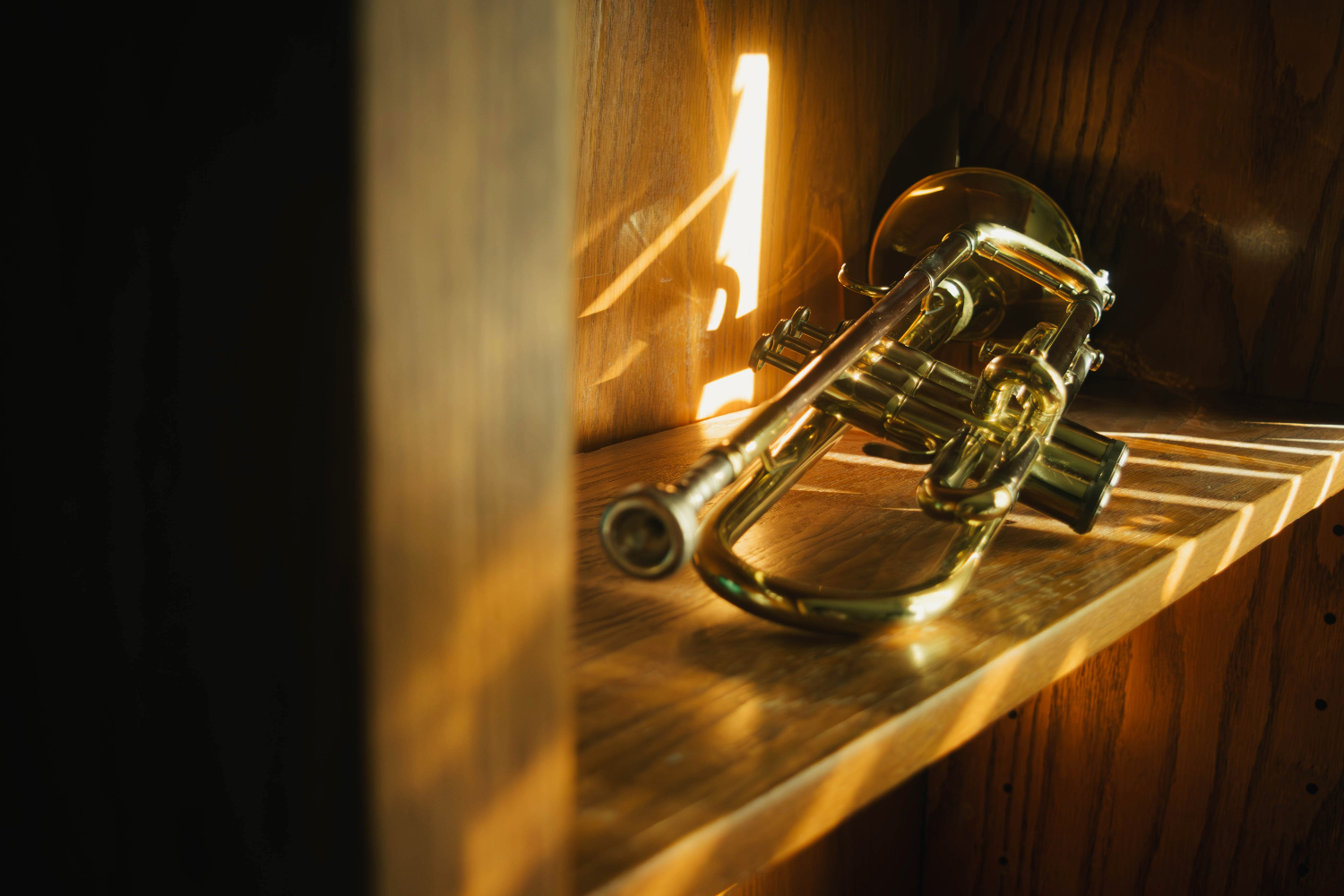
Imagine it’s the Roaring Twenties, a time of economic prosperity and rapid cultural change throughout the United States. A bustling energy fills New Orleans’s streets and most notably, jazz. Popular jazz venues like the Fern Dance Hall and Cadillac Club flood the streets, making jazz emerge as a symbol of hope for African Americans.
However, with time comes change. In 2018, jazz was ranked as one of the least popular genres in the US, taking up only 1.1% of the total music album consumption, according to a report from Statista. Jazz’s declining popularity today begs the following question: What is jazz like among the youth today, and what may it be in the future?
When discussing jazz today, it is important to understand its history and evolution.
Jazz started developing among diverse communities in America around 1890-1917, one significant place being New Orleans. In this city, African-American musical traditions began mixing with the other types of music within the racially diverse community, like ragtime, blues, and marches, paving the way for the music we know as jazz according to the National Museum of American History.
“When we’re talking about the 1920s, 1930s, and 1940s, jazz music was the most popular music in the world. These early jazz musicians were the rock stars of the time,” said jazz historian and musician Cory Combs. “It’s cool to learn about that time, to say that there was something in this music that was wildly marketable. You could be a star and not only make a living, you could be rich playing jazz.”
From the 1950s onwards, jazz started changing as music and how it was perceived. For one, many new styles of music began to be normalized, like the more formal orchestration and delicate percussion of cool jazz or the fast improvisation and sophisticated harmonies of bebop.
Although jazz was still big and constantly developing in the US during the 1960s, the music started losing popularity among youth culture when the rock music revolution started, according to the National Jazz Archive. With the creation of more genres over time, like funk, disco, and pop, jazz would continue to be increasingly distant from the popularity it once had in the Roaring Twenties.
Many youth musicians and organizations are still keeping jazz alive today. Jazz concerts and venues still sell out to this day, funding organizations supporting jazz education relevant among youth and local communities.
Today, the power of the internet exists, and through technology, tools of jazz education are more accessible than ever.
“In some ways, this is the best time to learn music,” Combs said. “It’s so much faster now because the technology lets you piece together anything via YouTube. With the tools available today, you could learn jazz from anywhere in the world and be pretty decent at it.”
However, even with the improvements in technology and satisfactory funding of jazz organizations, some challenges are especially applicable today in the jazz community among the youth.
For one, the pandemic caused significant changes in how youth musicians were educated in schools and outside groups.
“We’re still seeing the readout of the pandemic and how that affected music students, that being that there are students who started music but they kind of lost focus,” said Paul Contos, the high school big band director of SF Jazz. “There’s something about playing music together that makes you wanna go home and practice because when I go to rehearsal, I want to be prepared. I think that affected many music programs.”
In addition to the pandemic, access to information about where this music came from and how it was played may become more challenging to understand.
“I find that there seems to be more of a disconnect if you’re just talking strictly about jazz education,” Contos said. “With every successive generation, the people studying jazz now are farther and farther away from the origins of the music, so that it takes a certain amount of effort and work to absorb that stuff.”
However, with the fact that the origins of jazz are getting further from today, there’s a stigma that comes with the music’s relatively old age among youth.
“I feel like something people have often talked about is jazz being music for adults,” said Ethan Htun, a freshman saxophonist for the Stanford Jazz Orchestra. “I don’t think we should preclude anyone from enjoying jazz.”
When getting people interested in jazz, the people or musicians who introduce or portray the genre also heavily influence how people see it.
“I think jazz musicians tend to think the music is much harder to understand than it really is,” Combs said. “The way I think about it is just trying to find the entry points for people to get into the music and don’t over-explain it and not to over-intellectualize it. Just make it cool and interesting.”
For those who are interested in getting into jazz, here are a few recordings that cover few of the many sub genres within this music.
Even though there are challenges and obstacles that the jazz community can work on, it does not take away from the fact that there are young musicians and organizations that keep this music thriving. Jazz educators and players like Contos and Combs have dedicated their lives to ensuring that the future of jazz is in good hands.
“I’m constantly working to provide inspiration and motivation to the world’s young generation of new jazz hours for the continuation, persistence and relentless development, and expansion of the jazz language,” Contos said. “It’s great when you can do something with an ensemble that turns into magic where they play, and it’s beyond what they thought was possible.”
Jazz will also have a significant role in the lives of musicians who cherish playing the art form, whether or not they pursue music as a career.
“I don’t know if pursuing music is the thing for me. There are many other things that I want to explore and perhaps do as a career,” Htun said. “I would definitely continue music in the future. I don’t see myself stopping playing this saxophone or ever putting it down.”
Music is powerful and plays a significant role in society today, with each genre reflecting a way of life. That is especially true within jazz, where work and songs from previous jazz greats are often played today, but there’s also an endless amount of innovation today within the genre that makes it always changing.
With many jazz educators and youth musicians keeping the genre alive, the reputation of jazz will continue to carry on in the future.
“Jazz should be very accessible, and we should try to get as many people interested in the art form as we can,” Htun said.


